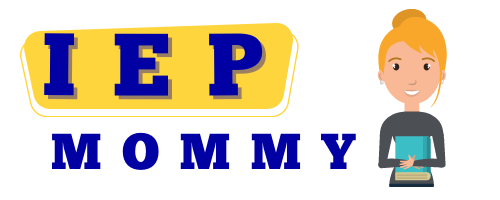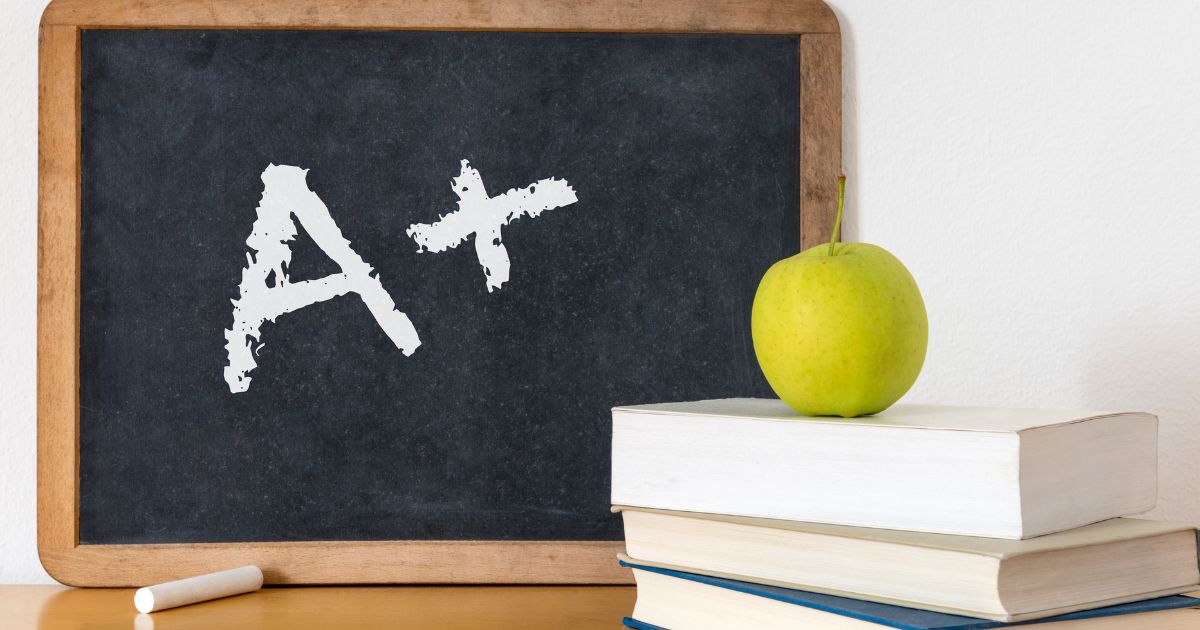What Exactly is in an IEP?
Your child’s Individualized Education Plan (IEP) is a roadmap for their special education. It’s important to understand the different sections of the IEP to help you advocate for your child. You know your child the best and you play a key role in the IEP process. You will feel more confident and prepared walking into your child’s IEP meeting when you understand the individual sections of your child’s IEP. I recommend asking for a draft of the IEP before meeting to give you time to review every section and prepare to ask questions. This will also give you a chance to consult with your child’s counselor, therapist, primary care physician and their care providers to get their input.
You will meet with your child’s IEP team to discuss your child’s evaluation. You will discuss your child’s academic progress and needs during the meeting and create personalized goals. Your child’s IEP will include the following eight sections:
- Present Level of Educational Performance
- Measurable Annual Goals
- Progress Tracking
- Special Education Services
- Duration of Services
- Participation in Mainstream Classrooms or Least Restrictive Environment
- Testing Adaptations
- Transitional Goals and Services
Present Level of Educational Performance
Your child’s IEP will include a statement of your child’s present level of performance. This section describes how your child’s disability impacts their progress in the general education setting. If your child is in preschool, it will also explain how your child’s disability affects their participation in appropriate activities. This is important because it will help you make informed decisions about your child’s IEP and special education. It’s important to make sure that this information is accurate, comprehensive, and based on objective observations and testing data. It may sound complicated and overwhelming, but this section is used to accurately reflect your child’s abilities and any challenges that they currently have.
Measurable Annual Goals
Your goals are based on your child’s present level of educational performance. Goals can include several areas including academic, behavioral, functional, social, or other educational skills. Annual goals should be updated at least once a year. According to the IDEA, the measurable annual goals must:
(aa) meet the child’s needs that result from the child’s disability to enable the child to be involved in and make progress in the general education curriculum; and
(bb) meet each of the child’s other educational needs that result from the child’s disability.
These goals should describe your child’s present levels of behavior, knowledge, and their skill. Your child’s IEP is should include benchmarks and short-term objectives. These help the IEP team monitor your child’s progress over time. They also help the team revise your child’s IEP when necessary. This section is one of the most helpful sections to you as a parent because it helps you understand your child’s progress.
Progress Tracking
Your child’s IEP is required to explain how your child’s progress will be measured. This section also helps your child’s teachers understand your child’s performance, identify their strengths and weaknesses and make any adjustments if necessary. This section helps explain how your child’s progress will be tracked, how often, and how their progress will be reported to you. It helps explain how the measurements will be through regular testing or feedback from your child’s teachers. This section also helps you understand how your child will be evaluated throughout the school year. Most importantly, it helps you prepare to advocate for your child when revisions need to be made to the IEP if your child isn’t making sufficient progress.
Special Education Services
Your child’s IEP is required to clearly describe what child’s special education services will be provided. It should list the accommodations, modifications, and support services your child will receive. It should be written to help your child participate in the general classroom. This section helps you understand what services your child will receive. It also helps you explain to your child what their schedule will be throughout the school day.
Duration of Services
Your child’s IEP is required to include a projected beginning and end date of any services that are proposed by the IEP team. It should include details on the frequency of the services and where they will be delivered. It’s important to reach out to the IEP team if you believe that these need to be changed or modified any time during the school year.
Participation in Mainstream Classrooms or Least Restrictive Environment
Your child’s IEP will explain how your child will participate in mainstream classes. Schools are required to educate children with disabilities in the mainstream classroom with children without disabilities to the maximum extent possible. This section explains how much time your child will be removed from the general education classroom, also known as the least restrictive environment, to receive services. This section explains how the services are developed to fit the needs of your child.
Testing Adaptations
Your child’s IEP should explain any accommodations that are necessary to measure their academic achievement on state and district wide assessments. If your child takes state or district wide testing, they will take the same test as students without disabilities. This section explains accommodations that are available to help your child based on their unique needs. Accommodations can include a variety of things including having a proctor or computer read questions to the student, allowing nonverbal students to use an alternative communication device to answer questions, allowing different settings such as small group or individual testing, giving extra time such as time and a half, and whatever other accommodations are necessary to help your child succeed. If your child is not taking the same test as the general population, the IEP should explain why your child can’t participate in the regular testing and why alternate assessments is appropriate for your child. This will help you prepare your child for testing when the time comes to relieve their stress and anxiety.
Transitional Goals and Services
This phase of the IEP will begin when your child is 16 years old or younger if required by your state’s laws. Your child’s IEP will continue to address their needs in the performance areas explained above. At this stage, your child’s IEP will explain how your child will transition to the next phase of their education. The IEP includes transitional goals and services that focus on instruction and support services needed to help your child transition from the school environment into a job, vocational program, college, or another program designed to promote independent living. The Department of Education published a Transition Guide to Post Secondary Education and Employment for Students and Youth with Disabilities that can help you better understand your child's rights when they are ready to transition.
Summary
IEP meetings can be overwhelming and very stressful. My goal is to help you feel empowered to do the best job that you can when advocating for your child. I recommend requesting a draft copy of the IEP before any IEP meeting to better prepare yourself. This gives you a chance to review the IEP before seeing it for the first time in the IEP meeting. You are a vital part of your child’s IEP team. Take a deep breath, relax, and get ready to advocate for your child. They need you in their corner. Remember the IEP is a living document. It can be modified as needed throughout the school.






